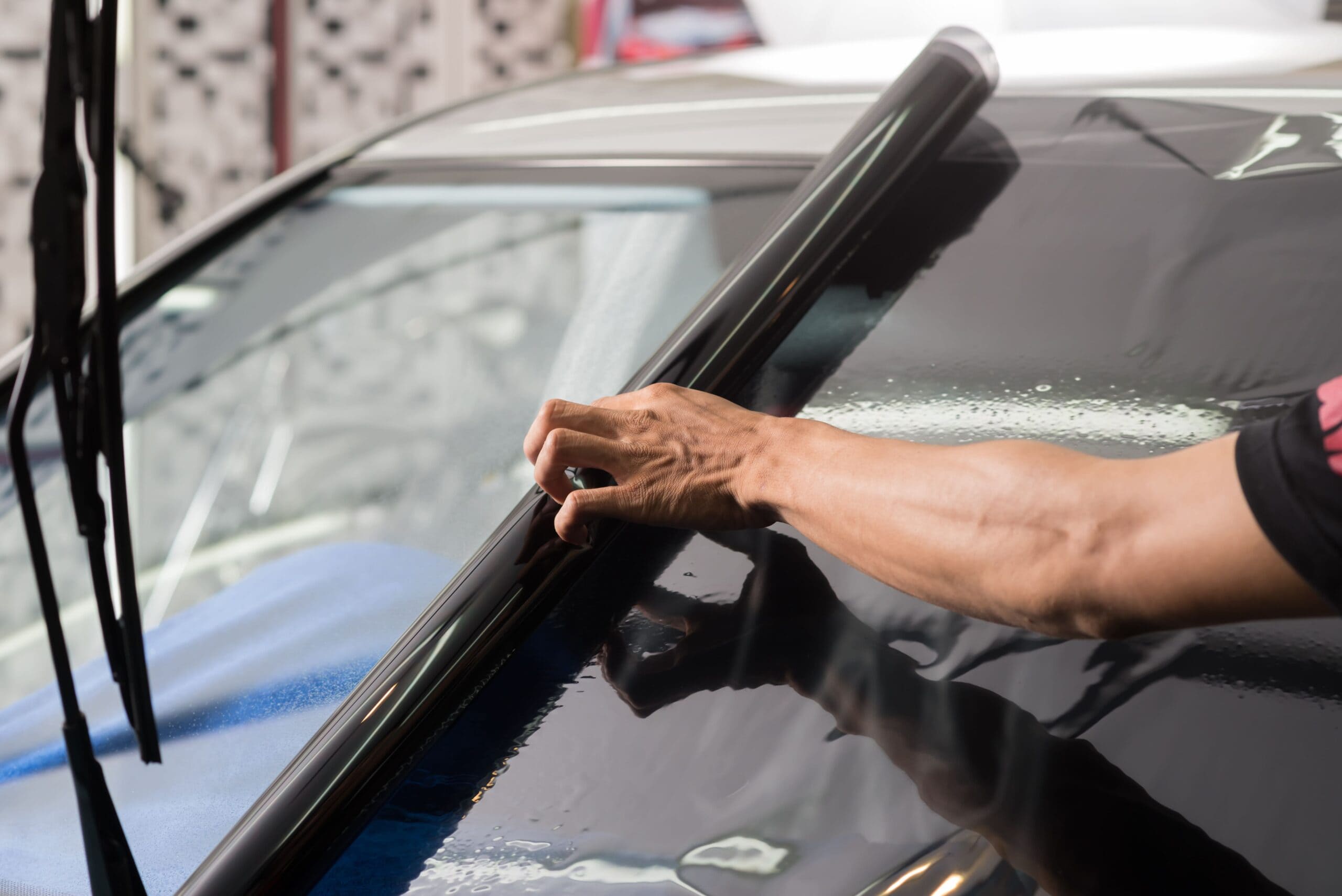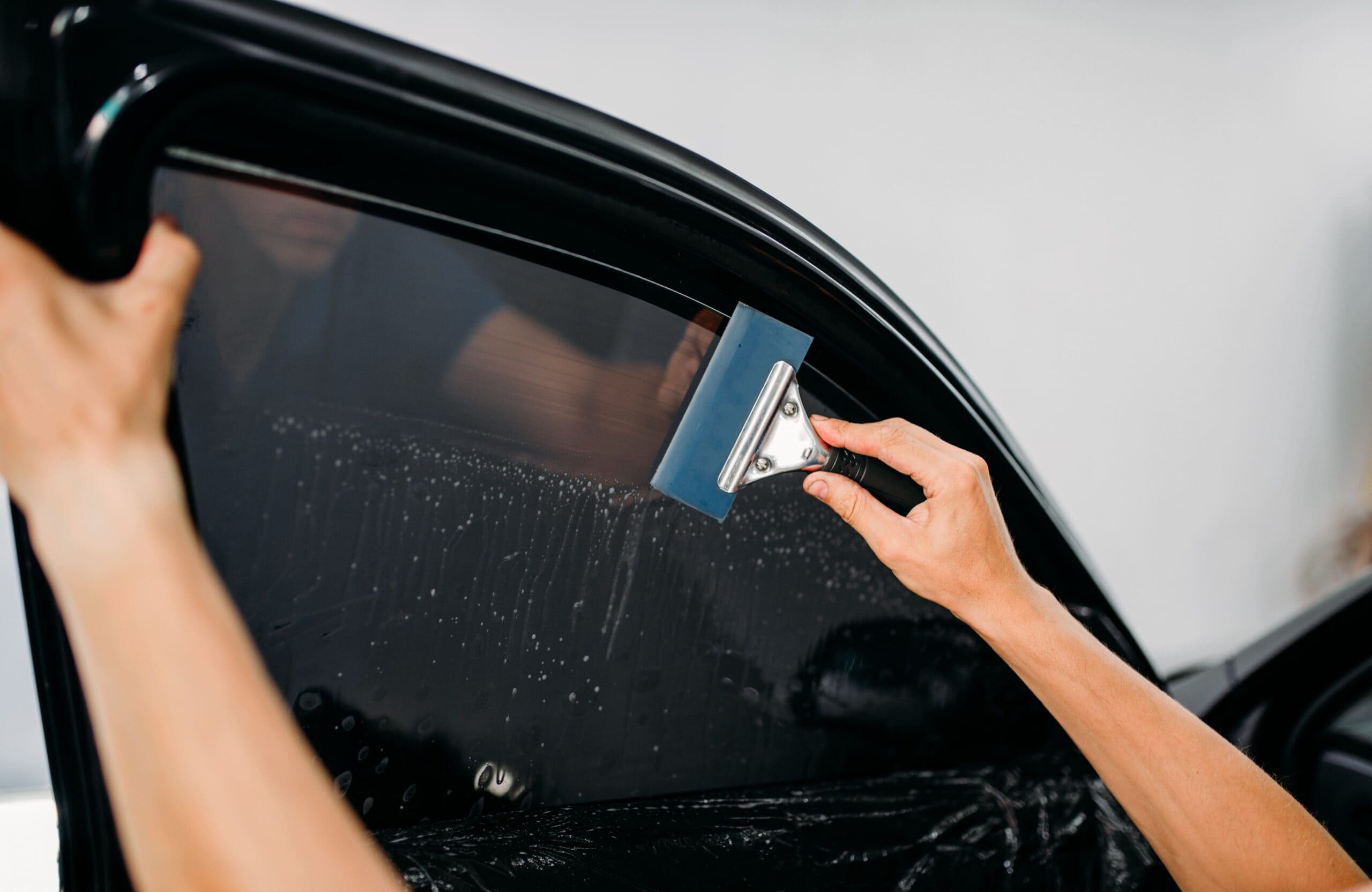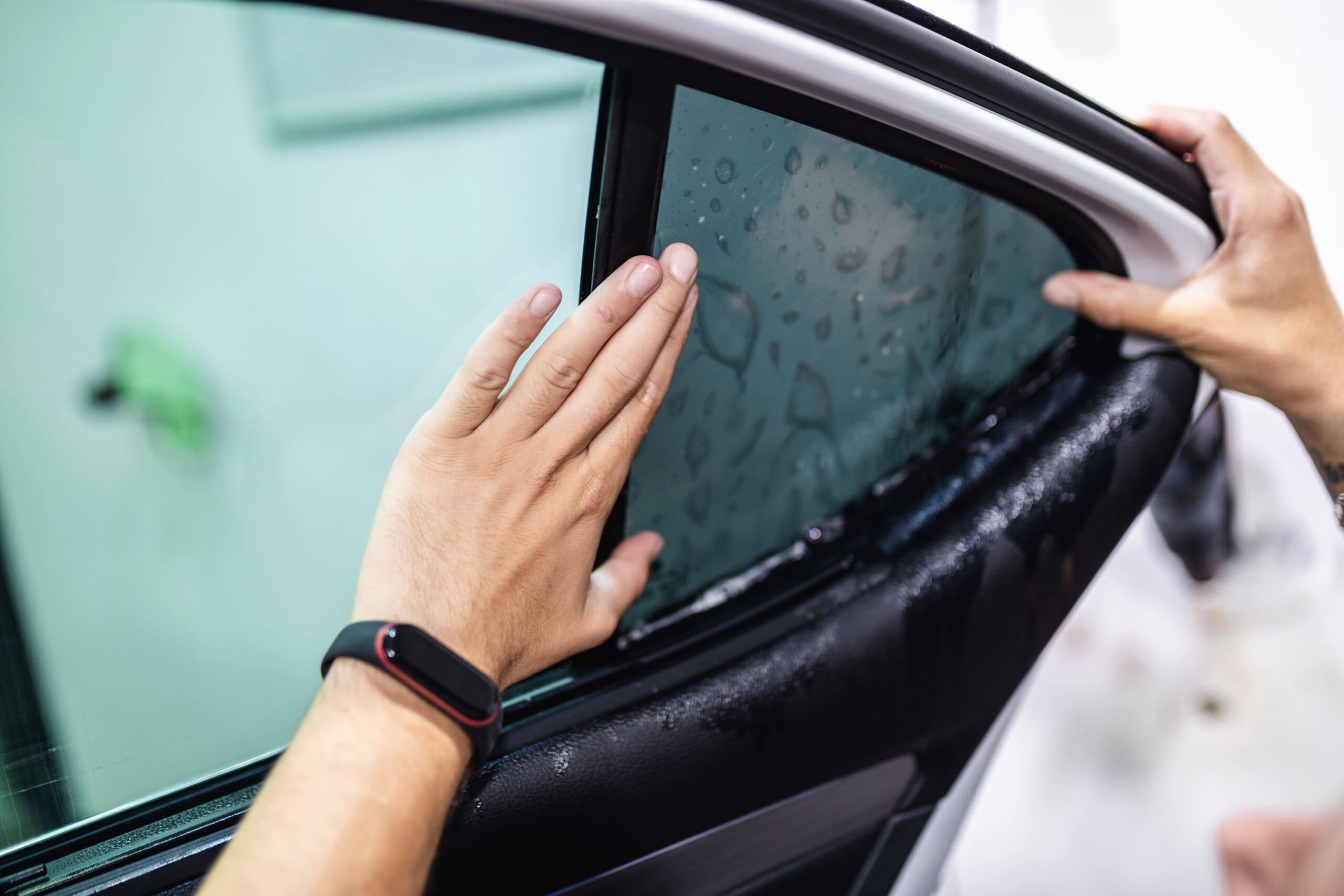1. Selection of Base Film:
The process initiates with the careful selection of an appropriate base film. Common options encompass polyester (PET) or polyethylene (PE) films, chosen for their transparency, flexibility, and durability.
2. Application of Coating:
A slender layer of metal coating is applied to the selected base film. This application can be achieved through various techniques such as vacuum deposition, sputtering, or chemical vapor deposition, providing precise control over the thickness and composition of the metal layer.
3. Composition of the Metal Layer:
The metals chosen for the coating vary based on the desired properties of the window film. Metals like aluminum, silver, or other alloys are frequently employed to impart heat rejection and UV protection capabilities.
4. Multiple Layers and Lamination:
In certain instances, multiple layers of metal coatings may be applied to achieve specific performance characteristics. The coated film may undergo additional lamination processes to bolster durability, UV resistance, and overall performance.
5. Curing and Drying:
Following the coating process, the film undergoes curing or drying to ensure optimal adhesion of the metal layer to the base film. This step is critical for preserving the film’s performance over time.
6. Quality Control:
Stringent quality control measures are implemented to assess optical clarity, thickness, and uniformity of the metal coating. Testing may encompass evaluations of heat rejection, UV protection, and other performance metrics.
7. Cutting and Packaging:
Once the metal-coated film successfully clears quality control, it is precision-cut into sheets or rolls of the desired size. The final products are meticulously packaged and prepared for distribution.








Reviews
There are no reviews yet.